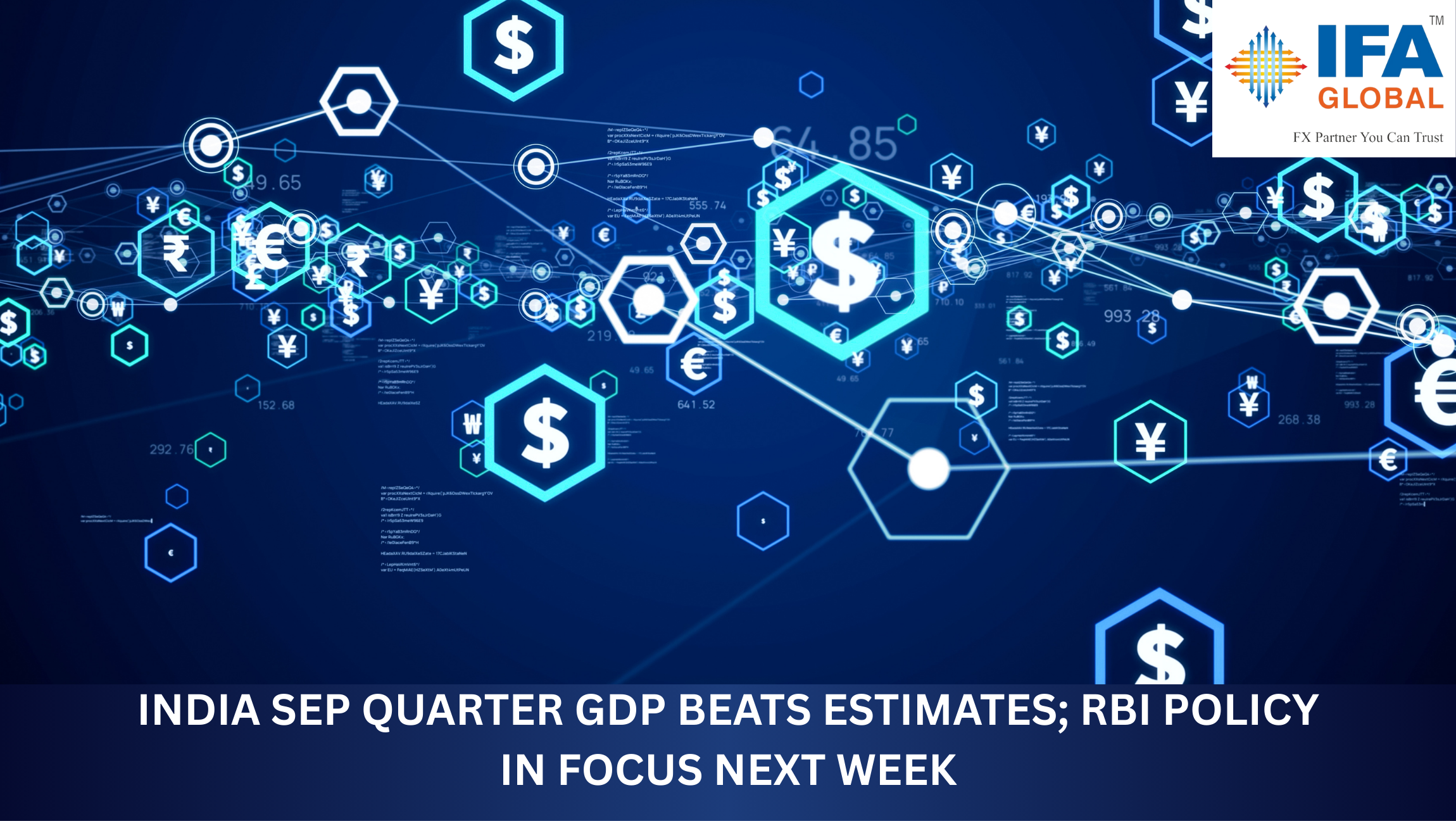Top 4 Ways in Which Debt Market Dynamics Affect Rupee
28 October 2022 | By Abhishek Goenka | Category - Market

So far this calendar year foreign investors (FPIs) have poured in USD 30 billion into domestic capital markets out of which USD 23 billion has flown into domestic bonds.
Capital account surplus has more than compensated for the current account deficit and that has led to persistent strength in the domestic currency.
The question is whether the FPI appetite for Indian bonds would continue going forward. FPI unwinding in the debt market is one of the major factors that can contribute to Rupee weakness.
Here we analyze factors that have the potential to spook FPIs and cause a selloff in the bond markets.Two instances from the recent past immediately come to mind when we saw signs of FPIs getting jittery about holding Indian debt.
The first instance was when there were rumours of the likelihood of the government missing its fiscal deficit target in order to boost growth; that had suffered on account of demonetization and GST implementation.
The second instance is more recent i.e. when global crude prices crossed USD 55 per barrel mark. The third factor which has not yet played out but which possibly could is a spike in US yields in case the tax reform bill gets through the Congress.
We look at each of these factors in detail below:
Government Fiscal Deficit
Though direct tax collections have been robust so far, there is considerable uncertainty around the figure for indirect tax collections this fiscal on account of GST implementation.
The shortfall in indirect tax collection would possibly be offset by greater than expected disinvestment proceeds. The nature of bank recapitalization bonds announced in October will be known in December.
Though the government has assured that it would not result in fiscal slippage, the nature of these bonds will affect yields. If the bonds qualify as SLR securities and are ‘repo’able (i.e. it can be used as collateral to borrow from the RBI), it would result in a spike in yields as it would crowd out G-sec issuances.
RBI OMO sales
OMO sale by the RBI to suck out liquidity from the system (in line with its neutral liquidity stance) has also weighed on yields. Post demonetization, in the absence of credit offtake, the banking system has been flush with liquidity.
The RBI has also been buying US Dollars in the spot market in order to limit Rupee appreciation and this further adds to systemic liquidity (The RBI has deferred this liquidity infusion by swapping the purchases forward but when the forwards mature, INR liquidity nevertheless enters the system).
The RBI has to either roll over the maturing forwards or do an OMO sale to suck out this excess liquidity in order to maintain overnight rates close to policy rate/repo rate. The frequent OMO sales are keeping the yields under pressure.
Global crude prices
Nymex WTI finally breached the USD 55 per barrel mark after getting resisted there several times. The trigger for the breach was an escalation in geopolitical tensions in the Middle East.
Middle East tensions have resurfaced with the purge by the Saudi crown prince against three of his ministers on charges of corruption, firing of a missile on Saudi Arabia by Yemen based Houthi rebels and continuing standoff between Iraq-Kurdistan. Oil demand has also picked up as is evident from higher drawdowns (falling inventories).
Shale supply has been slow to react. The markets are currently pricing in production cuts until end 2018 but at current prices, if the OPEC, in its meeting on 30th November decides against it crude prices could retreat. Also, at elevated levels, the incentive for OPEC members to dishonour the voluntary production cut deal is higher.
Though these factors could limit upside in Crude from here on, the key risk to prices would be the manner in which geopolitical situation in the Middle East evolves.
The market is currently in backwardation, which implies it does not see the current strength is sustained for a prolonged period. However, being a current account deficit nation we need to closely monitor crude prices. A USD 10 increase in crude prices increases CPI in India by around 0.7 percent and widens the current account deficit by around 0.4 percent.
Tax Reform in the US
The proposed tax reform is not likely to pass through the Congress in its current form. The bone of contention between the Republicans and Democrats pertains to the elimination of SALT deduction (State and Local Tax).
In order to fund other tax cuts (doubling of the standard deduction, cut in corporate taxes etc) Republicans have proposed the elimination of SALT deduction wherein US citizens filing federal taxes can claim the deduction for property tax and local taxes.
Elimination of this deduction would hurt the Democrat controlled states with higher tax rates the most. Considering the slender majority that Republicans have in the Senate (52-48), they can hardly afford any defections at all.
If the tax reform is passed without elimination of SALT deduction, the budget would not be balanced and it could result in a spike in US yields. The current plan is estimated to increase the budget deficit by USD 1.5 trillion over the next 10 years.
If the reforms do not increase the long run deficit, it can be passed with a 51-vote majority else a majority of 60 votes is needed to get the bill through. This would mean that Republicans would require some Democrats as well to vote in favour of the bill. A spike in US yields could be a trigger that can spook EM assets and result in carry unwinding.
FPIs have been net buyers of Indian debt in the last 9 months. November could turn out to be the first instance since January that the FPIs would be net sellers of Indian debt.
Considering that the FPI limits in debt are close to full utilization, inflows could come in a trickle but if the worst case in any of the above factors materializes it could open the floodgates for outflows and therefore its important to track developments around each of the above factors closely.
The Rupee looks supported around 64.50 in the medium term but we could see a spike to 66 levels if the worst case in any of the above factors materializes.
Disclaimer: The author is the Founder and CEO of IFA Global. The views and investment tips expressed by investment expert on moneycontrol.com are his own and not that of the website or its management. Moneycontrol.com advises users to check with certified experts before taking any investment decisions.





